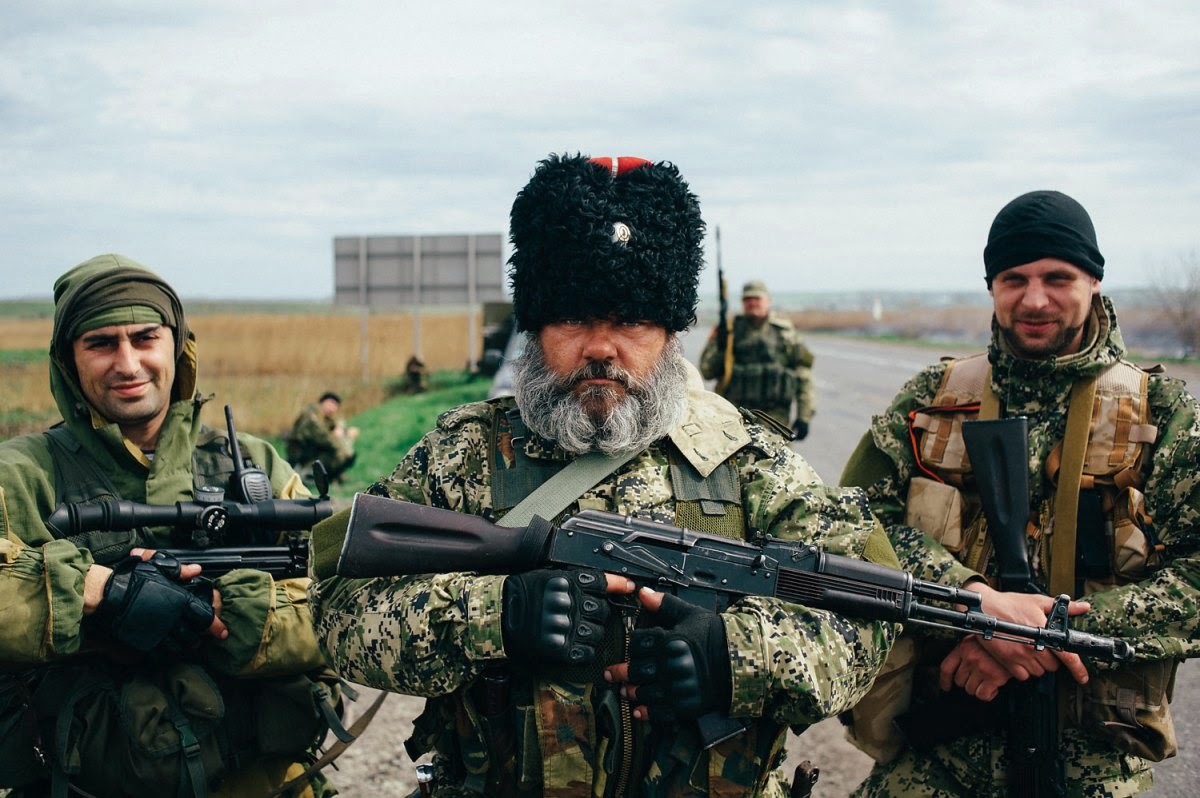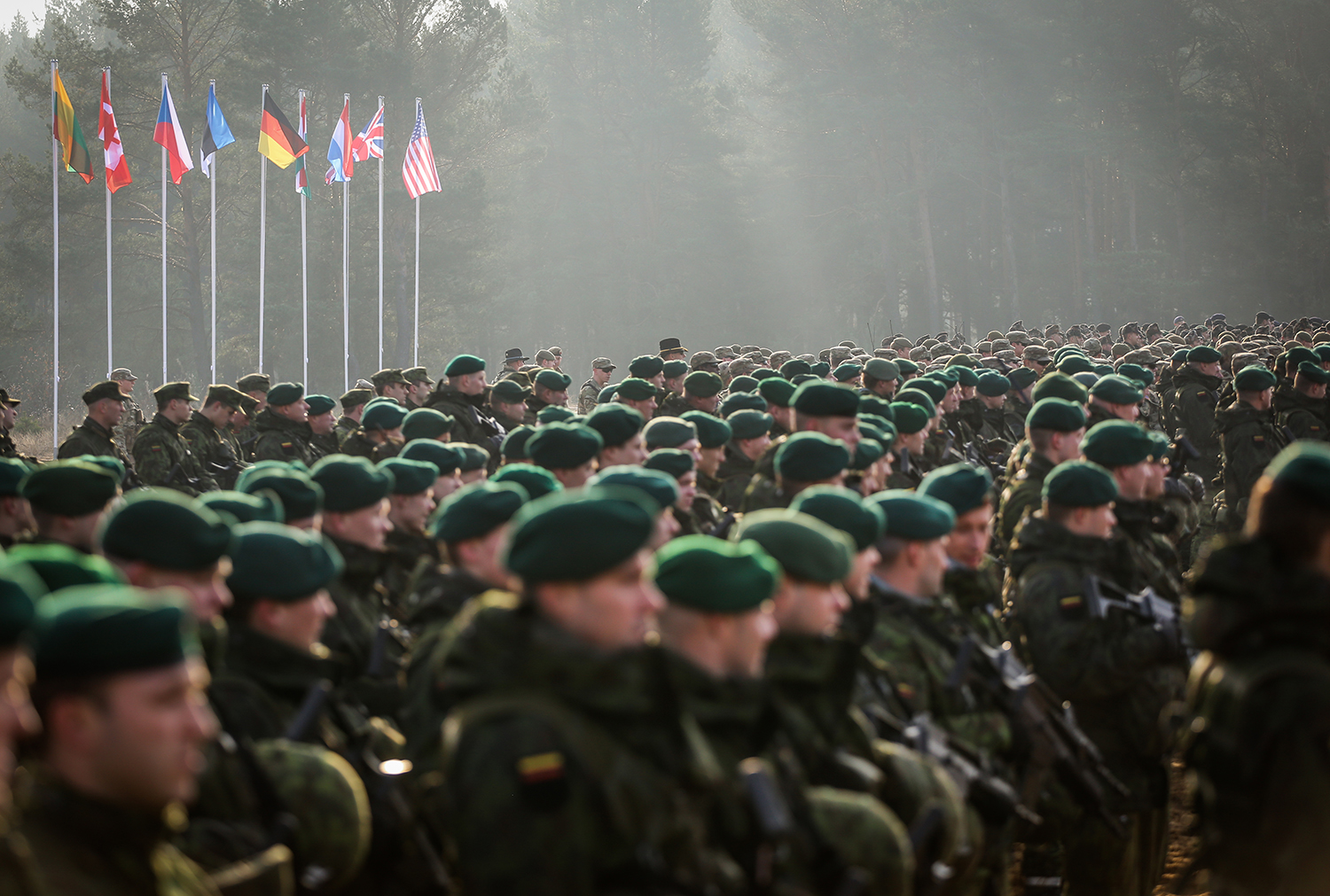
The ongoing strife in Ukraine is the on the top of NATO’s agenda in dealing with Russia, agreed alliance representatives from the United States, Canada and the United Kingdom on Wednesday at the Atlantic Council in Washington, D.C.
Because Moscow disregarded established borders and occupied Crimea and then threw itself into arming, equipping and supplying and financially supporting separatists in eastern Ukraine in 2014, the 29 members of the alliance again “will send a strong message of support” to the Kiev government, Kerry Buck of Canada said.
That support is tangible via an “enhanced forward presence” on land in the Baltics, Poland and training elements in Ukraine itself. That support also includes a larger naval presence in the Black Sea to deter future Kremlin aggression in the region.
“It’s about showing Russia there’s no two-tiered deterrence” in the alliance along its eastern and southern flanks, she said.
Kaye Bailey Hutchinson, the U.S. permanent NATO representative and a former senator from Texas, praised Gen. Curtis Scaparotti, commander of allied forces in Europe, for putting more boots on the ground in key parts of the continent from a number of nations, overhauling the alliance’s command structure and paying more attention to the maritime area of deterrence and defense with the creation of a Joint Allied Atlantic Command.
Scaparotti is seeing more Russian naval activity in the Greenland, Iceland United Kingdom Gap in the North Atlantic and now into the Arctic the panel said.
Securing the sea lines of communications and protecting that maritime infrastructure, particularly cables moving vast amounts of commercial and financial data between the continents, is one part of this stepped-up emphasis on deterrence that will be highlighted in the Brussels Summit in July, Sarah MacIntosh, the United Kingdom’s representative, said.
Even though London is withdrawing from the European Union, it remains the second largest contributor to NATO financially and in military support, she said.

The establishment of a NATO Logistics Command, headquartered in Germany, is a signal to Moscow that “we are hardening our deterrence,” Buck said and ensuring that forces can be moved quickly from one point on the continent to another. Rapid reinforcement and early warning detection have been goals for the alliance since 2014, MacIntosh added and they are being reached. She singled out the cyber operations center as showing a new adaptability in NATO to a changing security environment on the continent and addressing new threats in hybrid warfare from Moscow and other nations, as well as extremist groups in Europe and the Middle East.
It is also beefing up its counterterrorism initiatives in the alliance and with nations in the Middle East and North Africa.
With all these changes since the 2017 summit, plus a new strategy for Afghanistan, “NATO threatens no one,” MacIntosh added. “It is the bedrock of our security.”
Ever since 2014, when Russia ignored the rules-based order in Europe and tried to replace it with its spheres of influence strategy to justify its action in Ukraine and bullying in the Baltics, there has been “a blurring of the lines between war and peace,” Buck said.
In these times with an aggressive Kremlin, a North Korea armed with long-range ballistic missiles possibly capable of carrying nuclear weapons and chemical weapons being used in the Syrian civil war, “alliances matter,” she added.
All three representatives agreed that alliance members are committed to better burden sharing. Eight have reached the two percent threshold of gross domestic spending going toward security. Buck stressed in Canada’s case that spending is being largely put to modernizing its forces.
“The key deliverable will be a strong message of unity, political unity, security unity. It’s about deterrence,” Buck said.





